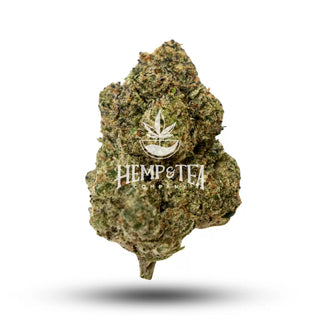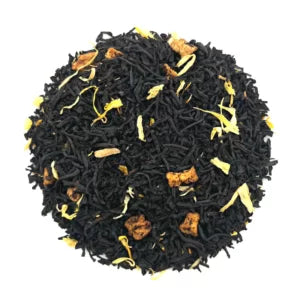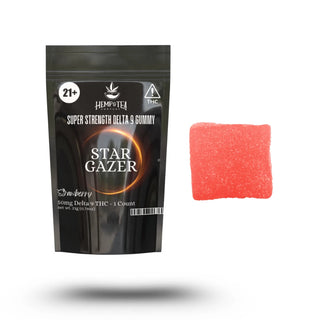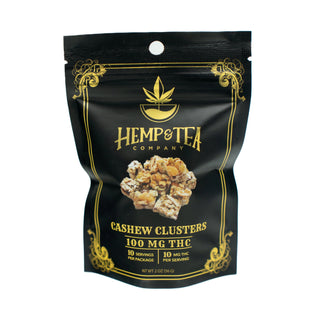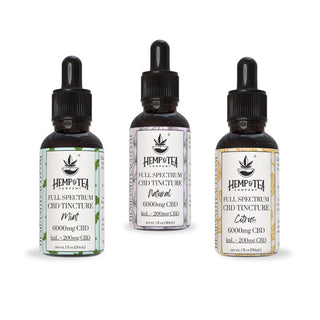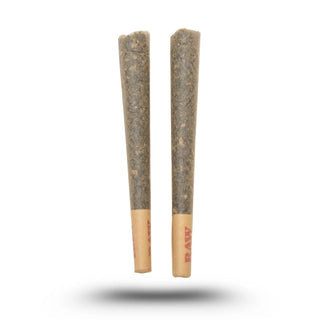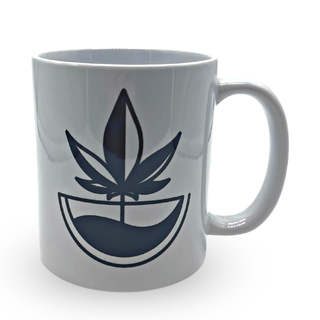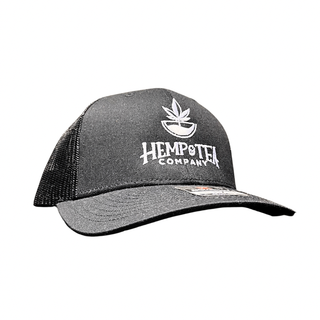Terpenes are the aromatic compounds that give cannabis (and many other plants) their unique scents, flavors, and effects. But they're far more than just fragrance—they're powerful components of the plant’s therapeutic profile.
If you're a consumer, wellness professional, or product formulator, understanding terpenes is essential to choosing or creating cannabis products with intention.
In this guide, we’ll explore:
-
What terpenes are
-
How they work with cannabinoids
-
Common terpene types and their effects
-
How to use terpene profiles in product formulation
-
Tips for storage and extraction
-
And much more
🌱 What Are Terpenes?
Terpenes are naturally occurring chemical compounds found in the essential oils of many plants—including cannabis. They're responsible for the distinct aromas and flavors of different strains and also contribute to the plant's therapeutic effects.
In nature, terpenes serve a protective function: deterring herbivores, attracting pollinators, and even shielding the plant from environmental stress.
In cannabis, they’re found in the same trichomes that produce cannabinoids like THC and CBD. When we consume cannabis, we’re also consuming its unique terpene fingerprint.
💥 The Entourage Effect: Terpenes + Cannabinoids
Terpenes do more than just smell nice—they interact with cannabinoids in the body’s endocannabinoid system to modulate their effects. This synergy is known as the entourage effect.
For example:
-
Limonene may amplify THC’s euphoric effects while lifting mood.
-
Myrcene is believed to enhance relaxation and sedation, making it ideal in sleep blends.
-
Pinene can help counteract memory impairment associated with high-THC strains.
Bottom Line: Terpenes are not intoxicating on their own, but they greatly influence how cannabinoids feel.
🧪 Common Cannabis Terpenes & Their Effects
Here’s a breakdown of some of the most important terpenes found in cannabis:
| Terpene | Aroma / Flavor | Potential Effects | Found In |
|---|---|---|---|
| Myrcene | Earthy, musky, cloves | Sedation, muscle relaxation, pain relief | Hops, lemongrass, mango, OG Kush |
| Limonene | Citrus, lemon | Mood elevation, stress relief, antifungal | Citrus peels, Super Lemon Haze |
| Pinene | Pine, herbal | Alertness, memory support, bronchodilation | Pine needles, basil, Jack Herer |
| Linalool | Floral, lavender | Calming, anti-anxiety, sleep aid | Lavender, Mint, LA Confidential |
| Caryophyllene | Spicy, peppery | Anti-inflammatory, gut health, pain relief | Black pepper, cloves, GSC |
| Humulene | Woody, hoppy | Appetite suppression, antibacterial | Hops, ginseng, Sour Diesel |
| Terpinolene | Fruity, herbal | Antioxidant, mild sedative | Nutmeg, apples, Jack Herer |
🧠 How to Use Terpenes for Desired Effects
Different terpene profiles can be combined to tailor the effects of a cannabis product. Whether you're creating a tincture, vape, edible, or topical, your terpene choices help guide the user experience.
🎯 Effect-Driven Blending Examples:
| Desired Effect | Suggested Terpenes |
|---|---|
| Calming / Sleep | Myrcene, Linalool, Caryophyllene |
| Energy / Focus | Limonene, Pinene, Terpinolene |
| Euphoria | Limonene, Caryophyllene, Humulene |
| Pain Relief | Myrcene, Caryophyllene, Linalool |
| Creativity | Terpinolene, Limonene, Pinene |
🔬 Why Terpene Profiles Matter in Product Formulation
A terpene profile is the precise ratio of terpenes in a cannabis extract or product. It’s as important to a cannabis brand as a recipe is to a chef.
🧰 Product Formulator Benefits:
-
Sensory branding: Your product smells and tastes unique
-
Targeted outcomes: Relax, energize, recover—by design
-
Consumer trust: Transparent terpene labeling builds confidence
-
Repeatability: Consistent effects = repeat customers
🔐 Best Practices for Preserving Terpenes
Terpenes are volatile—they evaporate easily and degrade under heat, light, or oxygen. Here’s how to preserve them:
-
Low-temp extraction: Keep temps below 155°F (68°C) when formulating
-
Use airtight containers: Glass jars with tight seals reduce evaporation
-
Avoid UV exposure: Store in cool, dark environments
-
Don’t overheat: If vaping, use low settings to preserve aroma and potency
-
Use terpene-rich concentrates quickly: Shelf life can degrade aroma/flavor
📈 Terpenes vs. Isolated Cannabinoids
If you’ve ever tried a product made with pure THC or CBD isolate, you may have noticed something was missing. That’s likely the terpenes.
| Feature | Full-Spectrum (w/ Terpenes) | Isolate Only |
|---|---|---|
| Aroma / Flavor | Yes | No |
| Entourage Effect | Yes | No |
| Targeted Effects | Strong | Limited |
| Consumer Experience | Rich and complex | One-note |
Pro tip: Even in THC-free products, adding botanical terpenes can create a deeper, more effective product experience.
🧴 Terpenes in Non-Smokable Products
Terpenes can be added to almost every form of cannabis wellness product:
-
Tinctures – Enhance flavor and targeted benefits
-
Topicals – Terpenes like linalool or beta-caryophyllene may support localized effects
-
Vapes – Choose blends with tailored terpene profiles
-
Edibles – Natural flavorings + aromatherapy benefits
🔍 Final Takeaway
Understanding terpene profiles isn't just for cannabis nerds—it’s essential knowledge for anyone serious about:
-
Buying cannabis with intention
-
Formulating repeatable products
-
Creating therapeutic or recreational experiences
-
Differentiating your brand through aroma and effect



